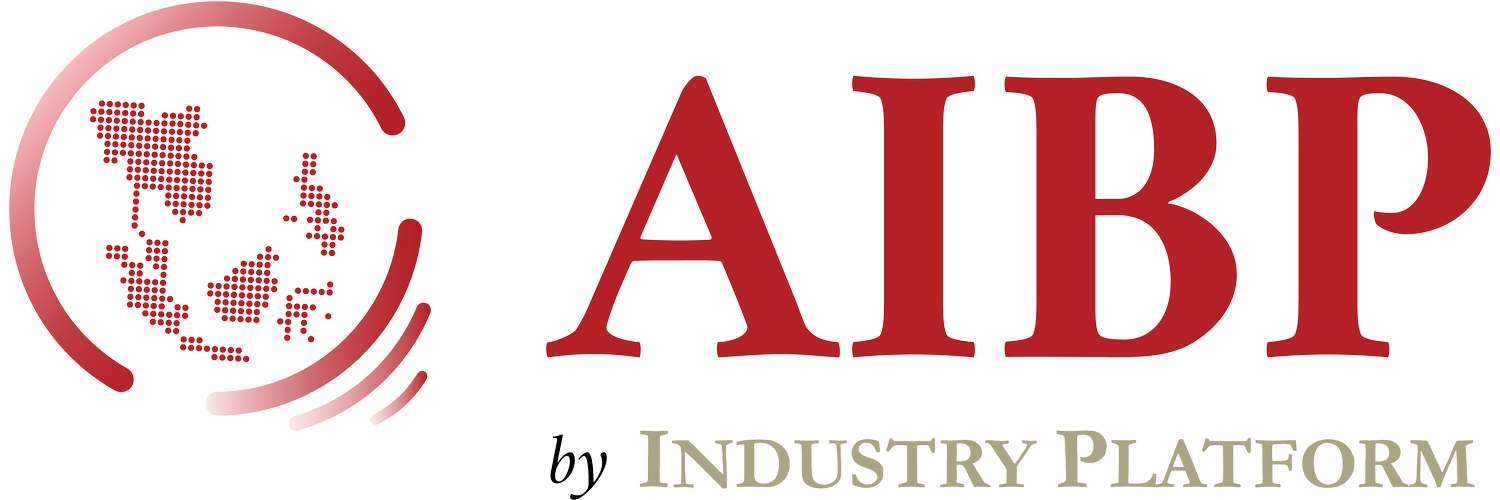From Pickaxes to Processors: Indonesia’s Digital Mining Shift
In a sector long built on hard labour, elbow grease, and machinery, the pressure for Indonesia’s energy and mining sectors to "do more with less" has intensified. As the limits of human-driven operations become clear, companies have started digitising parts of their workflow. But for most, full-scale digital transformation remains a distant goal.
For years, these have operated with minimal digital integration. Shift rosters were printed. Schedules were scribbled on whiteboards. And field operations often depended on informal communication rather than data-driven workflows. According to AIBP’s ASEAN Enterprise Innovation Survey, enterprises in South East Asia see legacy IT infrastructure and organisational complexity and silos as a barrier in their digital transformation journey.
In partnership with Indonesia’s Ministry of Communications and Digital Affairs (KOMDIGI) and supported by AMD, AIBP recently convened sector leaders to explore how to reduce manual tasks, improve interoperability, and build smarter, more connected operations.
The Efficiency Edge: How Real-Time Data Is Reshaping Mining Operations
Indonesia's mining and energy operators are sitting on mountains of operational data—streams from sensors, equipment logs, and geological reports. Yet much of this information remains either fragmented or outdated, limiting its value for real-time decision-making.
Historically, the sector has leaned on reactive methods: responding to issues as they arise rather than anticipating them. With better visibility with AI and machines, however, comes a shift in posture. Teams can benchmark performance, manage costs, and boost accountability without the need for additional headcount.
For PT ABM Investama, a diversified energy and mining group, digital transformation started with a simple challenge of shift handovers. Despite operating across multiple sites, only six staff were responsible for assigning thousands of operators to equipment. This daily juggling act often took up to 70 minutes per shift, a costly delay for operations that run around the clock.
To fix it, the company deployed a mobile app powered by AI and machine learning. Operators now receive their daily assignments, equipment details, and performance targets before arriving on-site. Absenteeism is flagged automatically, replacements scheduled instantly, and presence verified via on-site fingerprint scans.
“We’ve gone from hunting down data to having it available in real time. That visibility lets us benchmark performance, manage costs, and increase accountability—without adding headcount., said Ahmad Salman Rida, Group Head of Digital and Analytics from PT ABM Investama Tbk
In industries where downtime costs millions and labor coordination is a logistical puzzle, the value of visibility cannot be overstated especially with real-time data.
Scaling Smart: Building Feedback-Driven Systems
As industrial operations expand, systems must grow smarter: able to make decisions faster, adapt continuously and better with little human intervention.
“Vision transformation is only going to get more complex. Infrastructure needs to be scalable and adaptable—able to evolve even as layers stack on top of each other.”, said Eric Sugiono, Sr. Solution Architect - ASEAN from AMD.
One major port operator shared how automation is helping manage the flood of payment requests, which previously required significant manual effort.
Previously, the finance team was buried under the manual review of PDF statements and spreadsheets. Each document had to be downloaded, checked line by line, and archived. With AI and natural language processing, documents are automatically scanned, classified, and routed into internal systems, with workflows triggered prior to human validation.
Frontline teams, often strapped for time, no longer need to log in and sift through dashboards. Notifications and task assignments are pushed directly to them, enabling action without delay.
At Golden Energy Mines, Indonesia’s Mining Company under Sinarmas Group, they are embedding feedback-driven AI into their AI-powered chatbot. After each automated response is issued whether through internal apps or messaging platforms, users are prompted to rate the accuracy. This input is logged and reviewed by engineering teams to guide regular model updates.
To streamline this further, role-based workflows are linked to employee contact numbers, enabling personalised task routing from management to field teams via WhatsApp and Telegram.This shift toward feedback-driven, self-improving systems is setting a new standard in operational intelligence.
“Profit comes with quality, but it’s not just about moving fast. It’s about making every decision count, and building trust in the system along the way.”, shared by Ari Mohamad Barkhah, Lead AI Engineer from Golden Energy Mines.
The Shift Beneath the Surface
Indonesia’s early forays into digital transformation are yielding concrete results: less manual work, smoother handovers, fewer errors. But the deeper shift lies in the nature of decision-making itself and AI and machine learning is beginning to shape how work happens.
Static dashboards are giving way to dynamic alerts. Manual escalation is being replaced by real-time routing. The result is precision at scale. And in sectors long built on physical grit, it may be data that defines the next frontier of growth.
